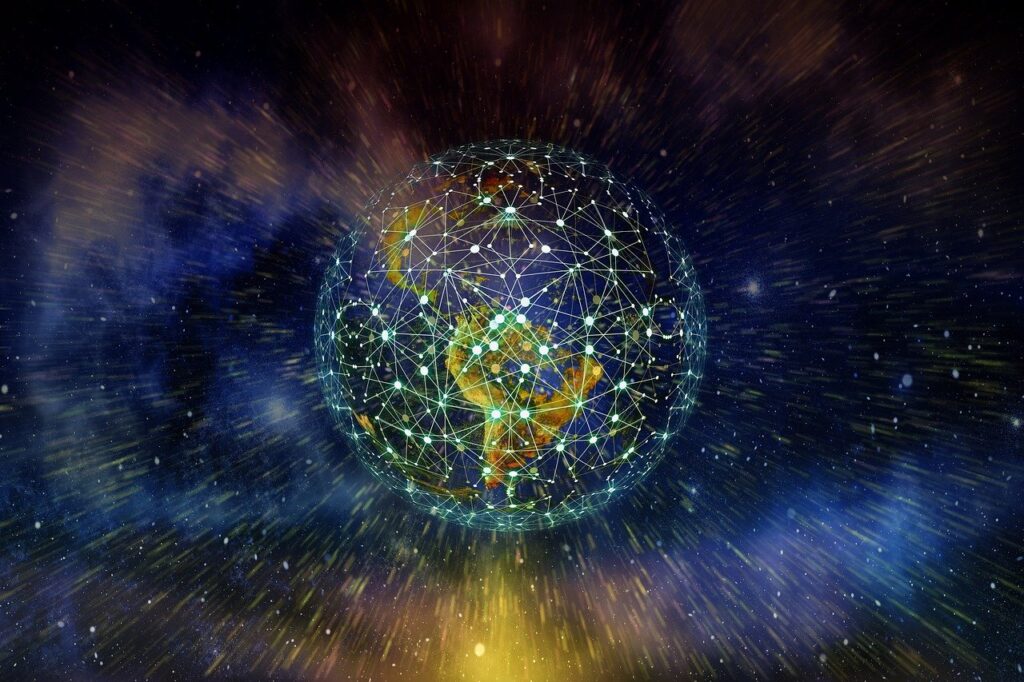Production Overflows, Yet Why Do the Hungry Still Exist?
Hunger Amid Abundance, The Uncomfortable Truth
In 2025, the world is producing more grain than ever in history. Yet ironically, the number of people suffering from food insecurity continues to rise. According to United Nations reports, over 280 million people currently face severe food insecurity. While conflict, climate disasters, and price inflation are cited as main causes, a more fundamental reason lies in the structural distortion of resource distribution.
When Grain Becomes a Tool of Diplomacy
Food has long been used as a geopolitical strategic tool. During the Cold War, the United States wielded grain exports as a diplomatic card, and recently, the Russia-Ukraine war has critically impacted grain supply. These two countries are key global exporters of wheat. Export suspensions have led directly to food crises in Middle Eastern and African nations.
These cases reveal the reality that food is not merely a necessity but a means of power. In a world where who produces and who controls food can determine a nation’s survival, this dynamic plays out sharply.
Agriculture is not just a matter of nature. Climate change clearly affects agriculture: droughts, floods, and heat waves reduce yields and raise prices. But more severe problems lie in the vulnerability of agricultural infrastructure facing these climate factors. Land concentration, shrinking arable land, inconsistent policies, and unequal access to advanced agricultural technologies all create crises even before harvest.
Farmers worldwide struggle for survival rather than mere production, especially in developing countries where losses from distribution, storage, and export systems often exceed those from yields.
Food Market Blind Spots Created by Market Logic
Food prices are not decided by supply and demand alone. Commodity futures markets, international trade terms, currency values, logistics costs, and strategies of global corporations all shape price movements. This structure is especially harmful to low-income and landlocked countries that have limited production and poor logistics, forcing them into dependence on those who control food.
Moreover, large corporations controlling food distribution manage harvests via contract farms and sometimes exercise monopolistic pricing in certain regions. While the world produces abundantly, distribution remains uneven.
Who Creates ‘Lands of Famine’?
Hunger is often seen as confined to areas struck by natural disasters or conflicts, but behind it lies “decisions not made.”
Which country exports how much to which region, on what terms aid is given, what crops to grow or discard — all are decided based on policy and profit calculations.
Thus, famine is often not an inevitable phenomenon but the result of structural judgments and choices. International food aid is frequently tied to political considerations and flows according to “political timing” rather than pure need.
A New Structure for a Fair Table Is Needed
To solve the food crisis, simply increasing agricultural production is insufficient. Structural reform of the entire global food system’s distribution, trade, and access is essential. Rebuilding self-sufficient regional agricultural ecosystems, transparent pricing, and resolving unfair trade structures are no longer optional but matters of survival.
Grain is both weapon and asset, and also the minimal condition for life. Today, who sits at the table to eat this food is not merely an economic issue but an ethical choice determining the direction of the world.
Maeil Scripture Journal | Today’s World, A View Through the Word




